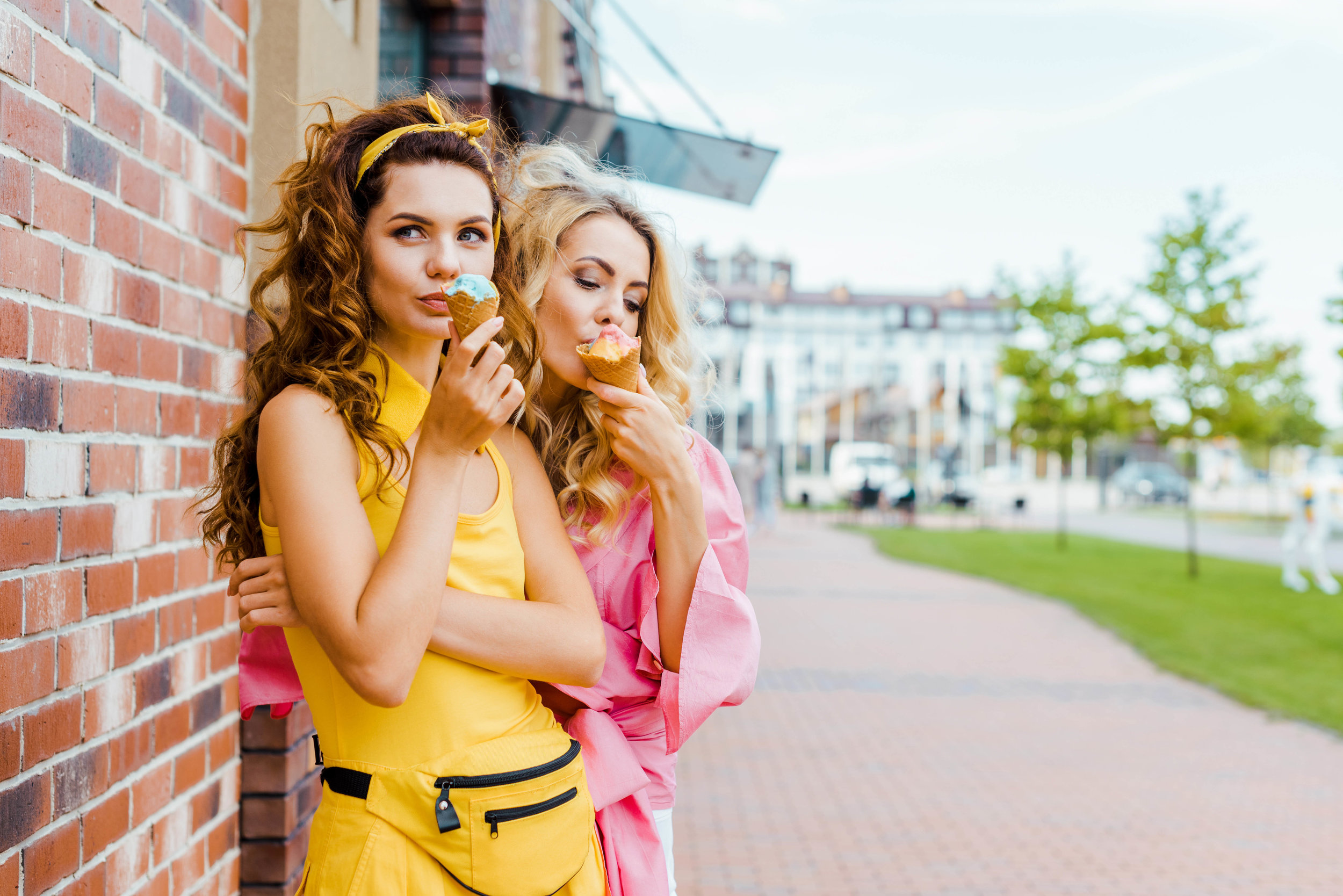Black and White or Color Photography? 4 tips to Help you Decide.
Color can be a transformative element in photography. But, sometimes black and white is a better way to go - whether you shoot it that way or convert it during post-production editing. So, why black and white instead of color?
A few simple clicks later and voila! We’ve converted a color image into striking black and white - all while sitting in our Arcola, VA area studio! There’s no need to schedule a second photo shoot to create a black and white portrait.
However, when is one style preferable over the other?
Committing to Color:
There are so many reasons to use color photography. Landscapes, for one, often look better in color. It's a better way to convey nature's rich tapestry of color, whether it’s reds, browns, shades of green, or stark browns. You'll likely want to use color in any scene where color seems integral to the message (think of a cluster of birthday balloons or floral arrangement at a wedding).
Often, a trained photographer can eye a scene and instantly get a sense for whether it should be a color or black and white image. But, digital photography makes that decision less stressful than ever. Once you've shot a scene and decide you'd rather see it in black and white, merely make a few clicks of the keyboard in Lightroom, et voila! You have removed color from an image.
When Black and White is Better:
For depth and drama, black and white can be difficult to beat. There's no doubt that black and white images can be as interesting as color photography. Rather than using colors to create the interest, the play of contrasts (light and dark) adds intrigue. That contrast can highlight or deepen lines, shadows, and differences between dark and light in an image.
Portrait photography and architectural photography lend themselves well to black and white. The lines of a building and its architectural detailing often look better in black and white. The lack of color draws the eye to the important details. It's the same with portrait photography which can be striking in black and white with no color to distract the eye from the subject. The effect can be more graphics, more dimensional. For some photographers, that is precisely the effect they seek.
Four Tips for Working with Black & White:
While you can undoubtedly make color adjustments later, start by thinking of your image in black and white. This will allow you to ensure the best results. Check things like contrasts in tone and lighting. Angle your subject's face differently if needed or move the camera to capture certain angles. Some of these aren't easy or even possible to do later during editing.
Focus on the eyes of your model if you're shooting a portrait. The viewer's eyes usually go straight to the model's eyes, so make certain they are focused and well-lit.
Light matters a great deal in black and white photography. Use it to either enhance/deepen contrasts or minimize them. For stronger contrast, use a harder light source. For softer tones, soften your light. If you're uncertain which would work better, particularly with portrait photography, play around with light and the position of your model and take various shots. If you need to make contrast adjustments during editing, keep it minimal to about +15/-15.
Not sure if you want the photo in black or white? Try shooting both by employing the above tips for your black and whites. Keep in mind that color can both enhance and distract in an image. It's up to you to decide what should be the role of color in your photograph. If it becomes more of a distraction rather than an enhancement, try shooting for black and white instead.

















